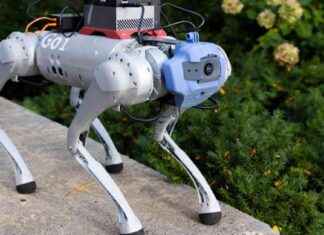When it gets cold outside, the power requirement for electric cars increases sharply. Nevertheless, they drive much more efficiently and cheaply than a diesel over the entire year. This is shown by a long-term test by a German university.
Cars with combustion engines consume more fuel in winter: the engine is particularly cold when it starts, lights, heating and windscreen wipers require extra energy. However, the low temperatures also have a clearly negative effect on the range of electric cars. This is now also illustrated by a long-term test by the University of Wismar, in which the consumption values ??of a VW ID.3 were determined over a year.
In the months from December to February, consumption was therefore almost a third higher than in summer. In the case of a VW Golf with a diesel engine that was tested in parallel, however, the seasonal consumption effect was marginal. Nevertheless, the ID.3 was chosen as the test winner, as reported by the magazine “Auto Verkehr”.
During the test period, the VW ID.3 was driven a total of 30,594 kilometers, during which an average consumption of 14.4 kWh per 100 kilometers was determined. While the average from June to August was 13.3 kWh, consumption rose to 17.0 kWh in winter. The additional consumption caused by the lower outside temperatures is therefore 28 percent. With the 64 kWh battery, the range varied between 317 and 405 kilometers.
In the comparison diesel, which was driven almost 32,000 kilometers, the university determined an average consumption of the equivalent of 50.7 kWh. In summer it was 49.7 kWh and in winter 52.2 kWh. The range thus varies between 1027 and 1084 kilometers.
Despite a negligible seasonal effect in diesel, the head of the test series, electrical engineering professor Ansgar Wego, sees the ID.3 as the clear winner from an energy point of view. According to this, the Golf requires 3.5 times more energy than the ID.3, which resulted in additional costs of around 830 euros over the test period.







